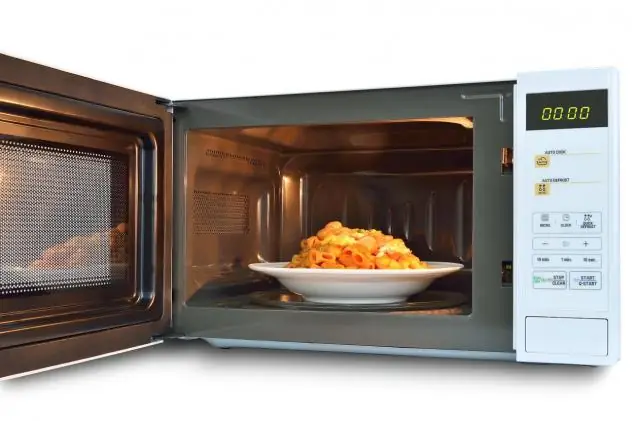
Table of contents:
- General cleaning: how to quickly clean the microwave, kettle, stove and other surfaces
- How to clean stove handles
- How to clean the microwave
- How to descale a kettle
- How to quickly and easily clean a dirty saucepan
- How to clean cloudy glasses, beer glasses, plates and other glassware
- How to wash dishes with a narrow neck
- How to remove wax
- Fixing the "cleaning agent"
- How to clean a knife
- How to bleach tulle
- Author Bailey Albertson [email protected].
- Public 2023-12-17 12:53.
- Last modified 2025-01-23 12:41.
General cleaning: how to quickly clean the microwave, kettle, stove and other surfaces

How to bring perfect cleanliness: simple and affordable solutions for the hostess. We wash the microwave oven, burnt pots, clean the kettle from scale, put the whole house in order!
How to clean stove handles
Almost everything was sorted out with old Soviet stoves. But at the new ones, when some parts get dirty, a young housewife stands and thinks, for example, how to clean the handles near the stove if they cannot be removed in any way? I share with you in a very simple way. You will need: cotton swabs, an old toothbrush, ammonia-anise drops (not pure ammonia!) This tool (drops) very quickly removes all the muck from such surfaces. Therefore, all you need is to moisten the stick in drops and remove dirt, especially convenient to do in the corners and joints between the handles and the stove. We wipe the most "stubborn" with an old toothbrush. Well, larger surfaces can be passed with cotton wool or cotton pads.
How to clean the microwave
We eat the orange, but don't throw out the peel. We put it in a bowl of water on the bottom, put it in the microwave and turn it on for 2 minutes (min 4 is possible). The water will evaporate and the essential oils will melt the fat. You just have to rub it with a rag and voila!
How to descale a kettle
The best and most affordable way to descale your kettle is with citric acid. It is she who will help him shine again. You can work with different chemicals, but why risk it? You can even ruin the kettle. Better to choose citric acid, a product without any chemicals. Naturally, if scale has appeared on the inner surface of the teapot, then it is no longer possible to brew tea there. The kettle needs to be cleaned. This is where citric acid will help us.
So, we need a pack of citric acid (for one kettle). Put a pack of acid in a kettle, then fill with cold water and leave for a few hours. Never boil the kettle. If the scale layer is small, then it will disappear in a quarter of an hour. Then pour this water out of the kettle, dry it and boil it twice.
How to quickly and easily clean a dirty saucepan

It is not always necessary to apply a lot of mechanical effort to achieve the result.
In order to quickly wash the pan from the scale left after milk, just fill it with water, put it on the fire and add two heaped teaspoons of baking soda. A foam hat will immediately appear. Let it simmer over low heat and rinse off the rest under the tap. This same trick can be used to remove old fumes and stains from pots.
How to clean cloudy glasses, beer glasses, plates and other glassware
Plaque on dishes, as a rule, occurs as a result of the hardness of the water with which we wash crystal and glass products. In order to remove cloudy stains, you must use such a tool. Pour 2 cups of warm table vinegar into a bowl (preferably a plastic one, so as not to accidentally beat our dishes) (you can warm it up in the microwave for 2 minutes). We lower a few glasses, glasses or shot glasses to the bottom, laying them on their side. We are waiting for a few minutes, turning the glasses on different sides. The vinegar will wash them off without your help and tedious scrubbing. Then rinse the glasses in clean water and wipe dry with a towel. Individual stains are removed with baking soda. Pour some baking soda directly onto the stain with three sponges.
How to wash dishes with a narrow neck

Narrow-necked vases are very effective, but they get dirty too quickly, and washing away plaque is a whole problem.
It is problematic to wash vases and decanters with a narrow neck, as wine and flower stains remain on their inner walls. We fill the carafe with hot water up to half, add a little dish detergent + 2 tablespoons of ammonia. Pour 0.5 cups of white rice into the resulting solution and shake. The rice will rub against the sides of the decanter and remove all plaque. We leave the decanter on and wait until the plaque dissolves, then shake again. We rinse the container with warm water, wipe it with a clean towel and put it upside down on a dish rack to dry.
How to remove wax
Pour hot water into a bowl and place the items for a few minutes. When the wax has softened, scrub off with a sponge, rinse with hot soapy water and dry.
When cleaning crystal or glassware, always add vinegar to the water.
Before placing the flowers in the vase, selectively remove the leaves from the stems so that they do not touch the water and do not stick to the walls of the vessel.
Fixing the "cleaning agent"
Recently, manufacturers of household chemicals do not make me happy - they produce transparent and colorless cleaning products. You pour, you pour, but how much is not visible. Sometimes half of the liquid is used irrationally. The money goes down the drain, and the money goes down the drain.
Again, they told me a way out. Namely: I add a piece of blue toilet cistern to the container with the cleaning agent. I shake thoroughly - there is a result! I see everything and save money, now I won't pour too much. You can also buy Methylene Blue liquid at the pharmacy for this purpose.
How to clean a knife

Usually, the set already has its own sharpener for knives, but even without it, you can make the tools sharper
- You can remove rust from the knife with a chopped onion.
- A dull knife will sharpen more easily if it is previously kept in saline for 30 minutes.
- The unpleasant odor from the knife after peeling the onion can be removed by rubbing the blade with dry salt.
How to bleach tulle
If your tulle turns yellow, try bleaching it as follows: 2 tbsp. l. 3% hydrogen peroxide and 1 tbsp. l. pour ammonia into an enameled bucket of hot water, dip the tulle into this solution and mix well with a stick. Whitening time 15-30 minutes. Do not boil! Rinse thoroughly at the end.
You can also bleach the tulle with salt. Rinse the curtains in warm water, squeeze lightly. Pour hot water into a basin, add laundry detergent and a handful of regular table salt and place the tulle in this solution overnight - and wash in warm water in the morning.
Saline solution can be used in other ways. Soak the washed curtains for 10-15 minutes in warm salted water, wring out a little, let the remaining water drain off - and hang wet on the window. The tulle will not only bleach, but also slightly starch, and such "salty" curtains will sparkle in the rays of light and look much more spectacular.
Recommended:
How To Descale A Kettle (electric, Enameled, Etc.) With Citric Acid, Vinegar, Soda, Etc
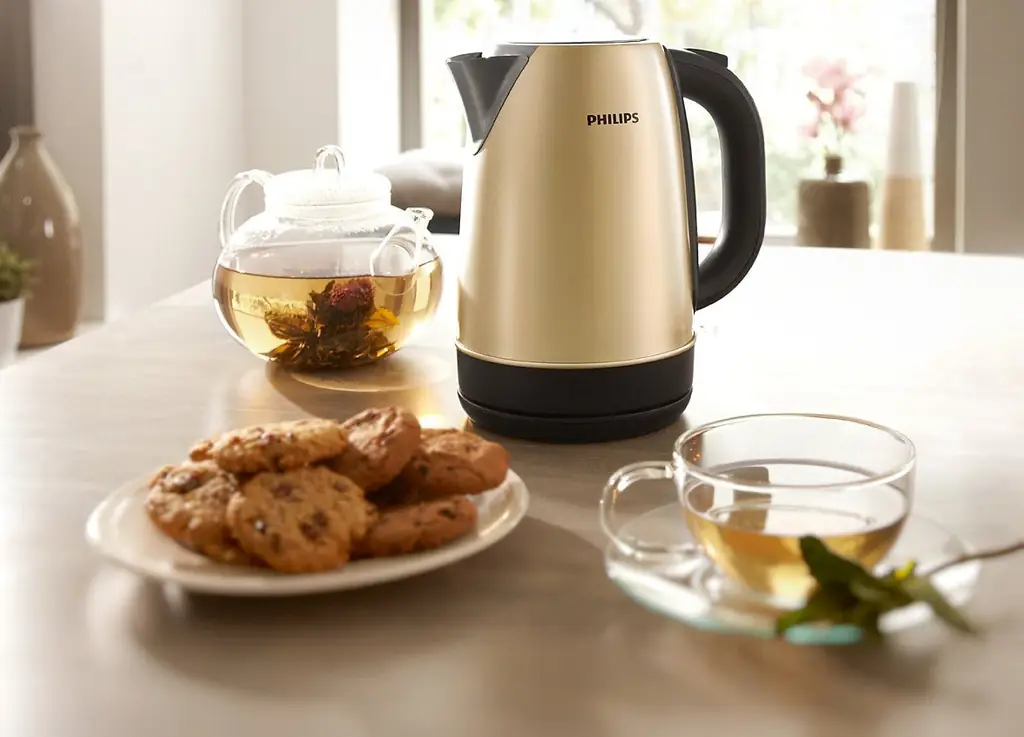
Practical advice on cleaning electric, enamel and metal kettles. Cleaning ceramic and glass teapots. Folk remedies
How To Clean An Electric Oven Outside And Inside From Carbon Deposits And Grease: Catalytic And Other Types Of Cleaning + Video
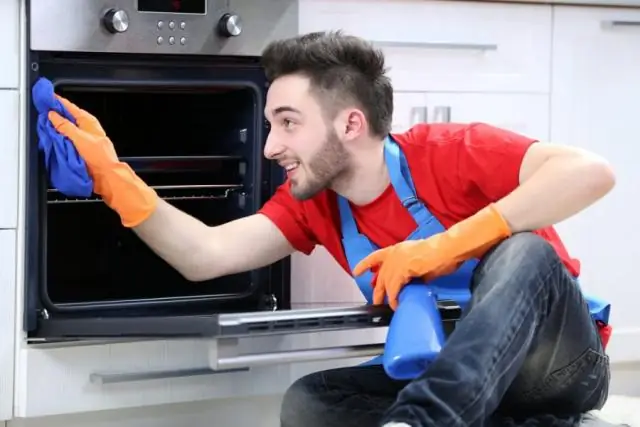
How to clean an electric oven from dirt and carbon deposits inside and out: using chemistry, folk remedies and self-cleaning technologies
How To Clean A Burnt Enamel Pan, How To Remove Carbon Deposits, Dark Deposits And Burnt Food At The Bottom
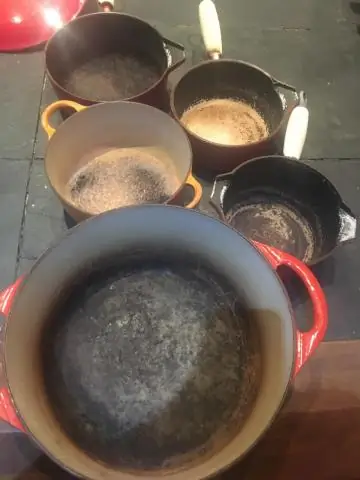
Types of contamination of enamelled pots and how to remove them. How to clean a burnt enamel pot without damaging the coating
How To Clean A Stove With Your Own Hands - Repair, Cleaning A Brick Russian, Bath, Round Stove From Soot Without Disassembling Why It Does Not Heat Well, Reasons, Cleaning Wells, G
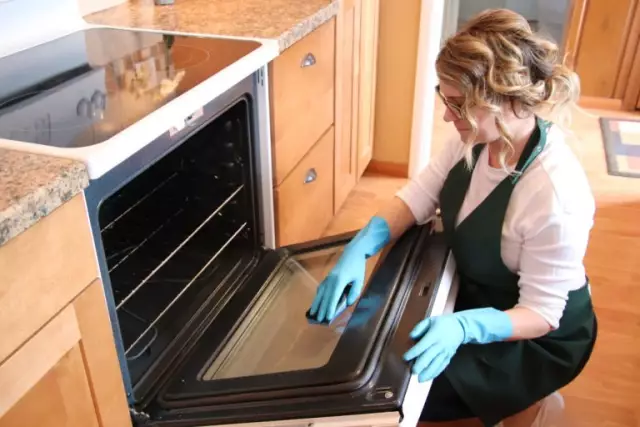
How to repair and clean the oven with your own hands. Types of repair, when and why you need it. List of necessary tools and nuances to consider
How To Clean An Aluminum Pan At Home, How To Clean It From Blackness, Carbon Deposits, Burnt Food Inside And Out

Types of contamination of aluminum pans and methods of dealing with them. How to clean aluminum dishes at home: effective recipes. Care advice
